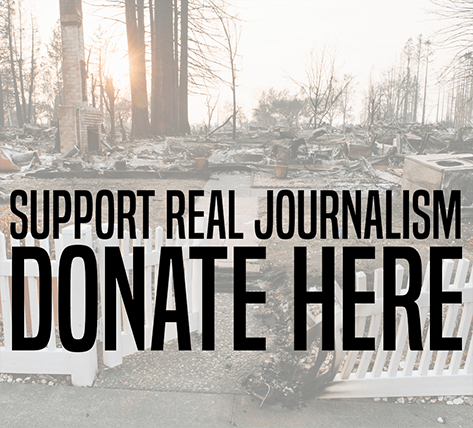Labor & Economy
Why Privatizers Look Forward to 2017
“We’re just going to throw it up against the wall and see if it sticks.” That’s what Steve Bannon, Donald Trump’s chief strategist and cofounder of the website Breitbart, said a few weeks ago about Trump’s plan to rebuild America’s infrastructure.
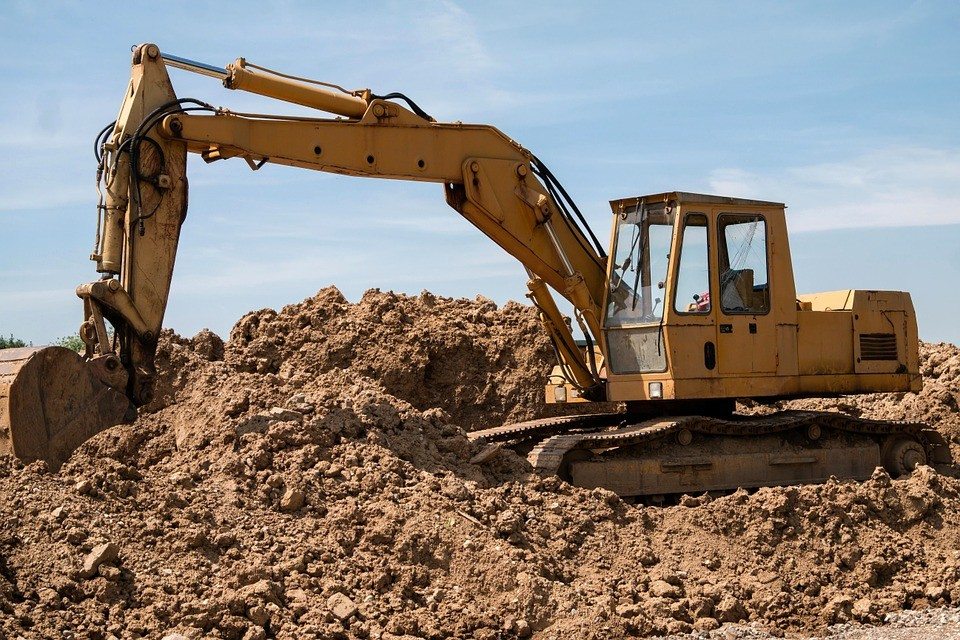
“We’re just going to throw it up against the wall and see if it sticks.”
That’s what Steve Bannon, Donald Trump’s chief strategist and cofounder of the website Breitbart, said a few weeks ago about Trump’s plan to rebuild America’s infrastructure.
That pretty much fits with what we know so far. Trump wants to “invest” $1 trillion in fixing and building roads, bridges, water pipes and other infrastructure. But by “invest” he means using massive tax breaks to convince private investors to spend the money.
As Michelle Chen at The Nation writes, “The goal isn’t fixing bridges so much as fixing the corporate tax codes to promote privatization and unregulated construction with virtually no public input.”
America must invest in rebuilding our infrastructure for the 21st century, but we need to do it right. Doing it right means keeping public control, protecting taxpayers, creating good jobs in an increasingly unequal economy, and addressing climate change.
Trump’s plan would lean heavily on the private sector through “public-private partnerships” (P3s). At In the Public Interest, we’ve found that, without protections, P3s hand control of our infrastructure to private investors or cost us more in the long run—or both.
Chicago learned the hard way in the midst of the recession, leasing its parking meters to Wall Street for $1 billion under value. Texas did too when the private investors in a toll road between Austin and San Antonio went bankrupt earlier this year, leaving taxpayers to clean up the mess.
With P3s, the devil is in the details, and we’ve produced resources to help with those details:
- P3s have the potential to create middle-class pathways for those left out of the economy, but only if they include policies regarding job quality and equity. Here are the best practices to do just that.
- P3s must include democratic control, real community input and transparency, and create good paying jobs. Here’s the process, from enabling legislation to contract language, to make that happen.
- Sometimes P3s are used to lease or “sell off” public assets like parking meters and buildings. These deals can lead to loss of control, higher user fees, job loss and future budget issues if we don’t ask these tough questions.
We’ll keep our eyes on Trump’s plan. We’re already pulling together trainings and educational materials to help you ask the tough questions about infrastructure investment in your community. Don’t hesitate to give us a call if we can help in any way.
This article was crossposted at Huffington Post. (Photo by Thomas B. Didgeman)

-
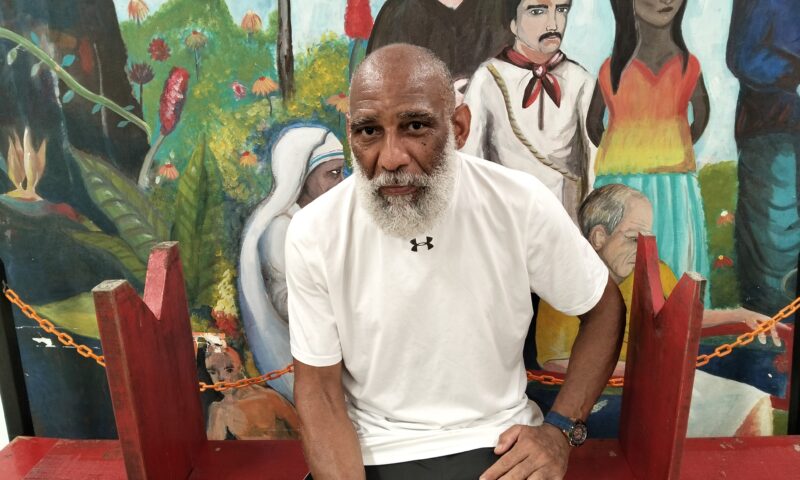
 StrandedNovember 25, 2025
StrandedNovember 25, 2025‘I’m Lost in This Country’: Non-Mexicans Living Undocumented After Deportation to Mexico
-

 Column - State of InequalityNovember 28, 2025
Column - State of InequalityNovember 28, 2025Santa Fe’s Plan for a Real Minimum Wage Offers Lessons for Costly California
-

 Striking BackDecember 4, 2025
Striking BackDecember 4, 2025Home Care Workers Are Losing Minimum Wage Protections — and Fighting Back
-
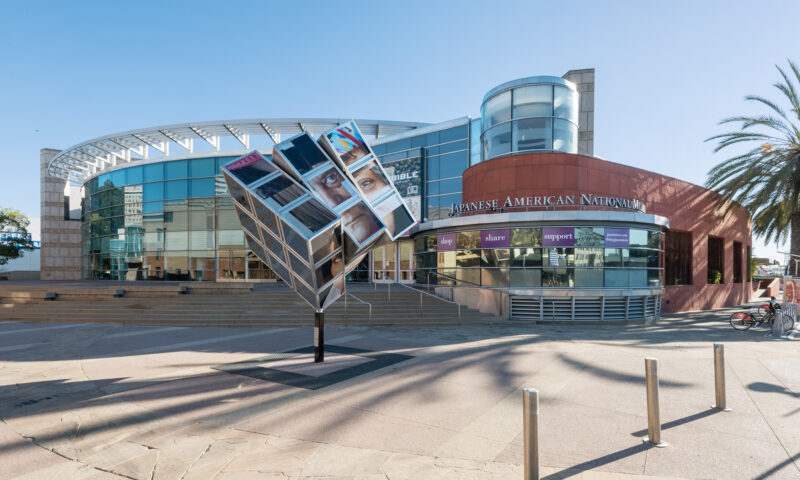
 Latest NewsDecember 8, 2025
Latest NewsDecember 8, 2025This L.A. Museum Is Standing Up to Trump’s Whitewashing, Vowing to ‘Scrub Nothing’
-

 Latest NewsNovember 26, 2025
Latest NewsNovember 26, 2025Is the Solution to Hunger All Around Us in Fertile California?
-

 The SlickDecember 2, 2025
The SlickDecember 2, 2025Utility Asks New Mexico for ‘Zero Emission’ Status for Gas-Fired Power Plant
-

 Latest NewsDecember 1, 2025
Latest NewsDecember 1, 2025Accountable to No One: What 1990s L.A. Teaches Us About the Trump Resistance
-
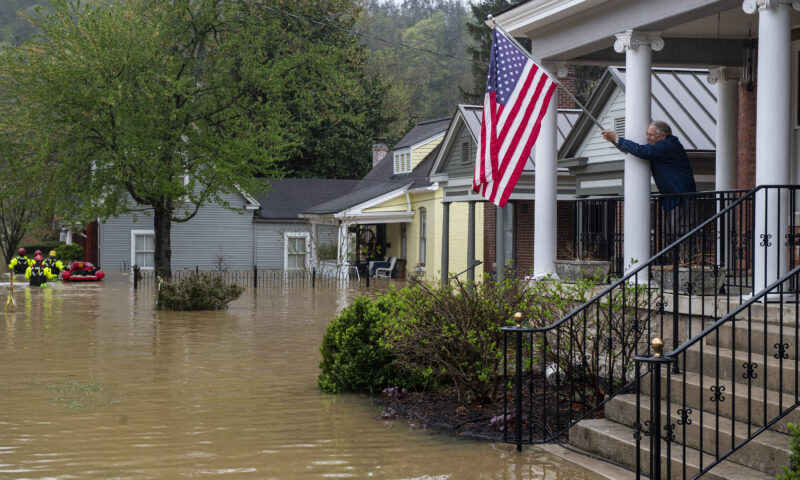
 Dirty MoneyDecember 3, 2025
Dirty MoneyDecember 3, 2025Trump’s Anti-Climate Policies Are Driving Up Insurance Costs for Homeowners, Say Experts

